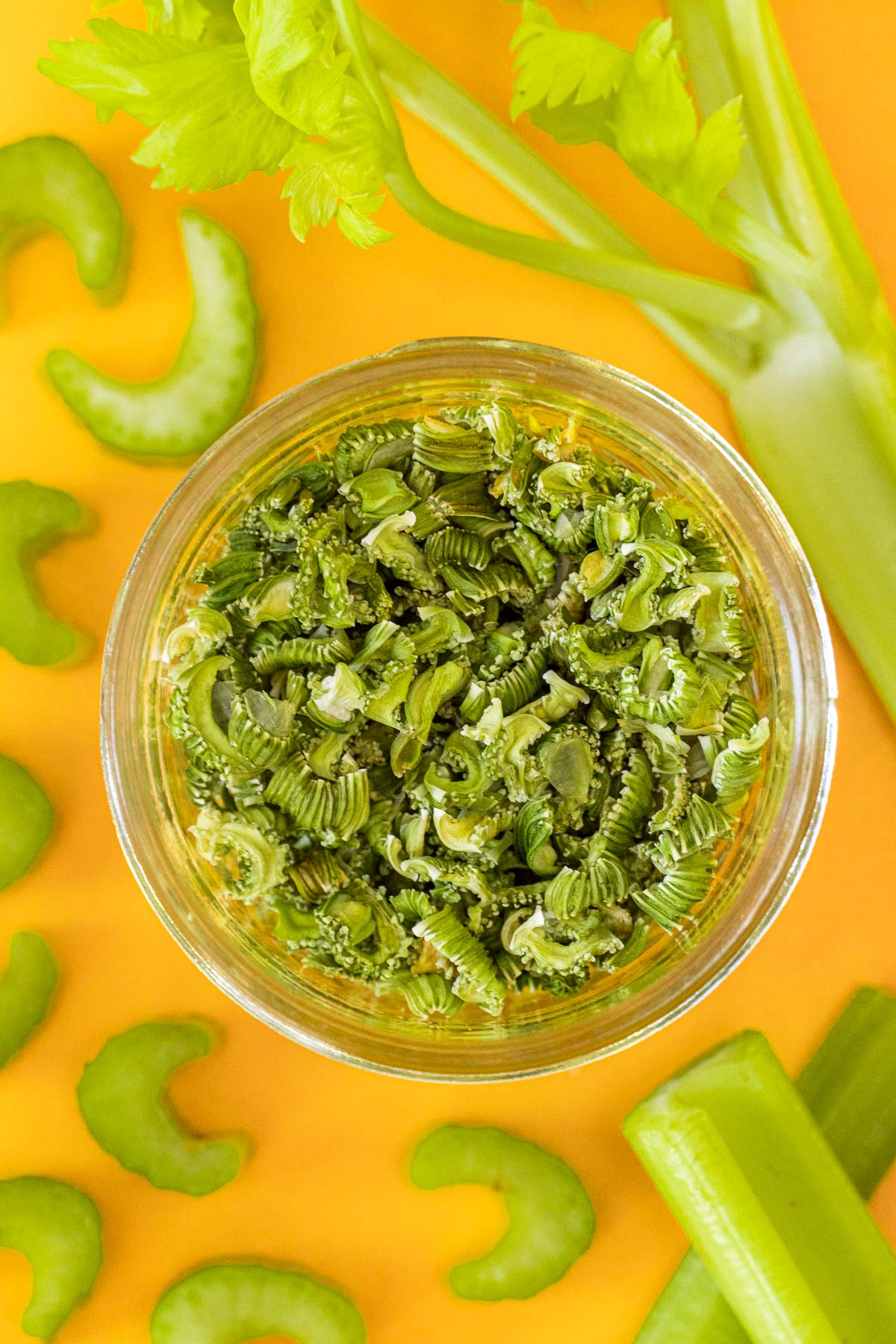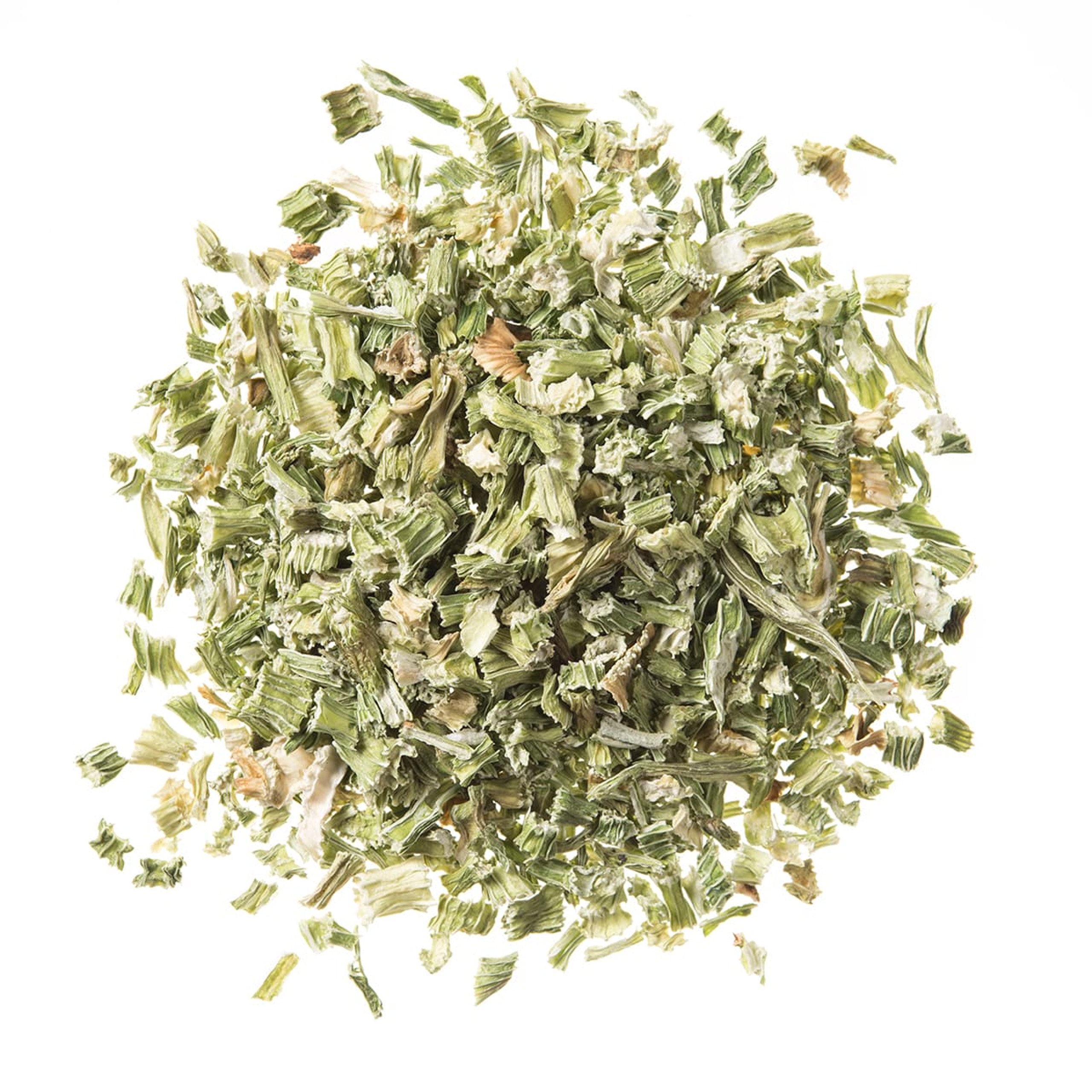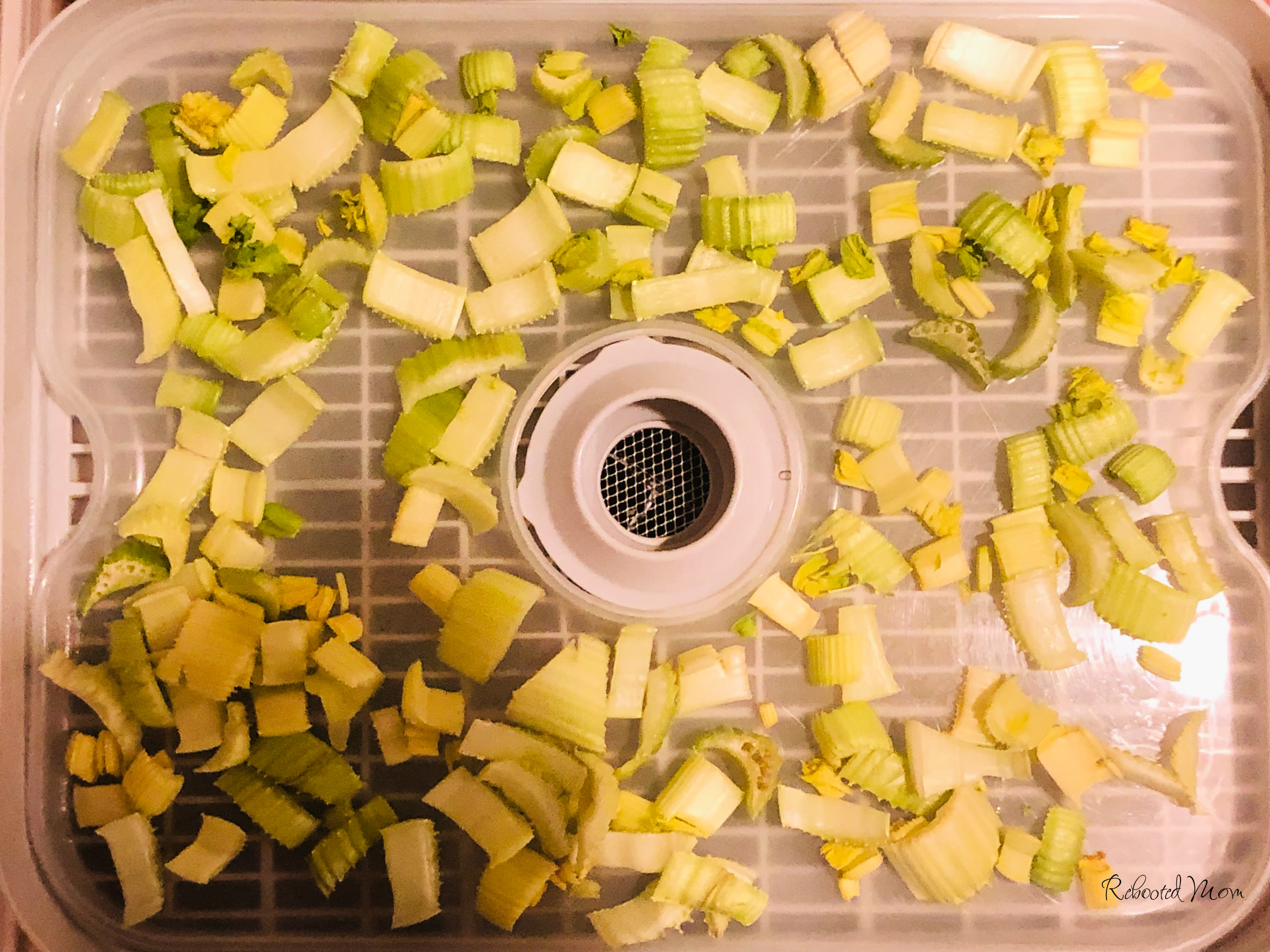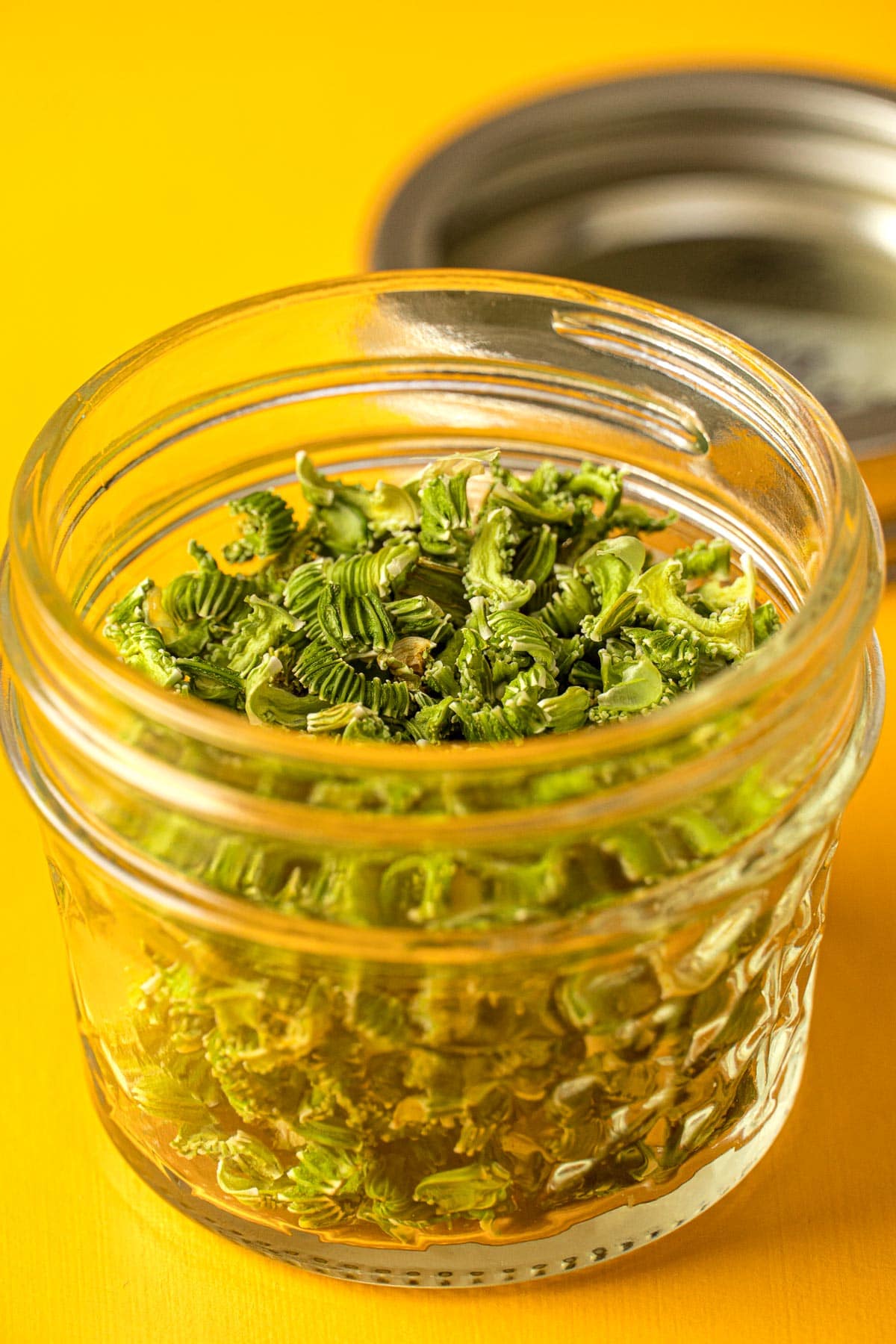Tired of limp, tasteless celery that loses its flavor quickly? Discover the secrets of preserving celery’s vibrant flavor and nutrients through dehydration, a simple yet effective technique that transforms your beloved vegetable into a culinary treasure.

The Beginner’s Guide to Dehydrating Food: How to Preserve All Your – Source sanet.st
Dehydrating Celery: A Comprehensive Guide to Preserve Flavor & Nutrition
Dehydration is an ancient technique that removes moisture from food, extending its shelf life and preserving its nutritional content. It’s an ideal solution for celery, a vegetable that tends to lose its crispness and flavor over time.

How to Dehydrate Celery – Fresh Off The Grid – Source www.freshoffthegrid.com
Dehydrating Celery: A Comprehensive Guide to Preserve Flavor & Nutrition
Dehydrating celery is a simple but rewarding process that allows you to enjoy the vegetable’s unique flavor and health benefits all year round. By removing the moisture, the celery becomes more concentrated in flavor and nutrients, while its shelf life is significantly increased.
Dehydrated celery is a versatile ingredient that can be added to soups, salads, stir-fries, and more. It’s also a great snack on its own, providing a crunchy and flavorful alternative to chips.

Dehydrating Cucumbers: Your Step-By-Step Guide – Source www.christinekeys.net
History and Myth of Dehydrating Celery
Celery has been dehydrated for centuries as a way to preserve its flavor and nutritional value. The ancient Greeks and Romans used dehydration to store celery for long periods of time, and the technique was later adopted by other cultures around the world.
There are many myths surrounding the dehydration of celery. Some believe that dehydrated celery is less nutritious than fresh celery, but this is not true. In fact, dehydrated celery contains the same amount of nutrients as fresh celery, and in some cases, it may even be more concentrated.

Celery Salt | Bulk Celery Salt – Source www.americanspice.com
Hidden Secret of Dehydrating Celery
One of the hidden secrets of dehydrating celery is that it actually enhances the vegetable’s flavor. When the moisture is removed, the celery’s natural sugars become more concentrated, giving it a sweeter and more intense taste.
Dehydrated celery is also a great source of dietary fiber. Fiber is essential for maintaining a healthy digestive system, and it can also help to lower cholesterol and blood sugar levels.

Simply Self Sufficiency: Dehydrating Celery – Source simplyselfsufficiency.blogspot.com
Recommendation of Dehydrating Celery
If you’re looking for a way to preserve the flavor and nutrition of celery, then dehydration is a great option. Dehydrated celery is easy to make, and it can be stored for long periods of time without losing its quality.
To dehydrate celery, simply wash the celery and cut it into thin slices. Then, place the celery slices on a dehydrator tray and dry them at a low temperature for 12-24 hours, or until the celery is completely dry.

Dehydrating Celery, Celery Powder And Celery Salt – Our Little Bit of Earth – Source ourlittlebitofearth.com
Dehydrating Celery: A Comprehensive Guide To Preserve Flavor And Nutrition
Dehydrating celery is an easy way to preserve the vegetable’s flavor and nutrients. Dehydrated celery can be used in a variety of dishes, and it’s a great snack on its own. It’s a versatile ingredient that can be added to soups, salads, stir-fries, trail mixes, and more.
Dehydration removes the moisture from celery, which concentrates the vegetable’s flavor and nutrients. Dehydrated celery is a good source of fiber, potassium, and vitamin C. It’s also a low-calorie snack that’s perfect for people on the go.

How to Dehydrate Celery – Source www.rebootedmom.com
Tips of Dehydrating Celery
Here are a few tips for dehydrating celery:
- Use fresh, crisp celery for the best results.
- Wash the celery thoroughly and remove any leaves.
- Cut the celery into thin slices, about 1/4-inch thick.
- Place the celery slices on a dehydrator tray and dry them at a low temperature for 12-24 hours, or until the celery is completely dry.

How to Dehydrate Celery – Fresh Off The Grid – Source www.freshoffthegrid.com
Dehydrating Celery: A Comprehensive Guide to Preserve Flavor & Nutrition
Dehydrating celery is a great way to preserve the vegetable’s flavor and nutrients. Dehydrated celery can be used in a variety of dishes, and it’s a great snack on its own.
Here are a few tips for dehydrating celery:
- Use fresh, crisp celery for the best results.
- Wash the celery thoroughly and remove any leaves.
- Cut the celery into thin slices, about 1/4-inch thick.
- Place the celery slices on a dehydrator tray and dry them at a low temperature for 12-24 hours, or until the celery is completely dry.
Fun Facts of Dehydrating Celery
Here are some fun facts about dehydrating celery:
- Dehydrated celery is a good source of fiber, potassium, and vitamin C.
- Dehydrated celery is a low-calorie snack that’s perfect for people on the go.
- Dehydrated celery can be used in a variety of dishes, including soups, salads, stir-fries, and trail mixes.
How to Dehydrate Celery
Dehydrating celery is a simple process that can be done at home with a dehydrator. Here are the steps:
- Wash the celery thoroughly and remove any leaves.
- Cut the celery into thin slices, about 1/4-inch thick.
- Place the celery slices on a dehydrator tray and dry them at a low temperature for 12-24 hours, or until the celery is completely dry.
What if Dehydrating Celery
What if you don’t have a dehydrator? You can still dehydrate celery using your oven. Here are the steps:
- Preheat your oven to the lowest setting, usually around 150 degrees Fahrenheit.
- Line a baking sheet with parchment paper and place the celery slices on the baking sheet.
- Bake the celery slices for 4-6 hours, or until the celery is completely dry.
Listicle of Dehydrating Celery
Here is a listicle of the benefits of dehydrating celery:
- Preserves the flavor and nutrients of celery.
- Extends the shelf life of celery.
- Makes celery a more portable snack.
- Enhances the flavor of celery.
- Is a good source of fiber, potassium, and vitamin C.
Question and Answer
- Question: What is the best way to dehydrate celery?
- Question: How long does it take to dehydrate celery?
- Question: What are the benefits of dehydrating celery?
- Question: What are some ways to use dehydrated celery?
Answer: The best way to dehydrate celery is to use a dehydrator. However, you can also dehydrate celery in your oven.
Answer: It takes about 12-24 hours to dehydrate celery in a dehydrator. It takes about 4-6 hours to dehydrate celery in an oven.
Answer: Dehydrating celery preserves the flavor and nutrients of celery. It also extends the shelf life of celery and makes it a more portable snack.
Answer: Dehydrated celery can be used in a variety of dishes, including soups, salads, stir-fries, and trail mixes. It can also be eaten as a snack on its own.
Conclusion of Dehydrating Celery: A Comprehensive Guide To Preserve Flavor And Nutrition
Dehydrating celery is a simple and effective way to preserve the vegetable’s flavor and nutrients. Dehydrated celery can be used in a variety of dishes, and it’s a great snack on its own. It’s a versatile ingredient that can be added to soups, salads, stir-fries, trail mixes, and more.